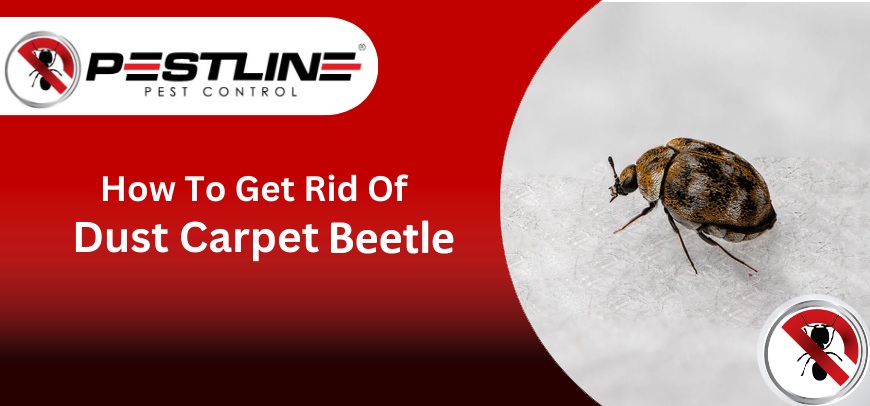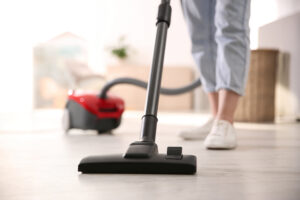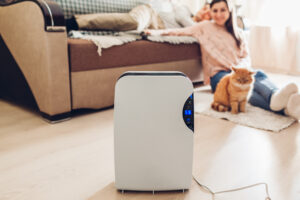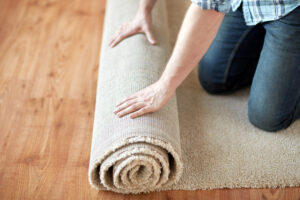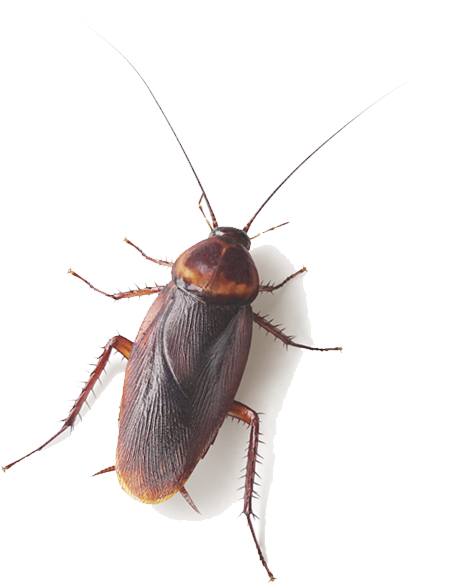How To Get Rid Of Dust Carpet Beetle
If you live in Australia, you’ve probably dealt with dust carpet beetle before. Dust carpet beetles are extremely common pests that, as their name suggests, live in environments like carpets and bedding, and can cause health issues like skin rashes, coughing and itchy eyes. Left untreated, a dust carpet beetle infestation can quickly get out of hand, making extermination even more difficult. If you’re wondering how to get rid of dust carpet beetles on your property, this blog post was written for you.
How To Get Rid Of Dust Carpet Beetle
During the many years we’ve been working to keep Australian properties pest-free, we’ve collected some valuable tips on how to get rid of dust carpet beetles. These tips are applicable whether you’re treating a dust carpet beetle infection in a suburban home, a hospital or a hotel. As with any other pest, it’s essential to deal with a dust carpet beetle infestation early to prevent the problem from escalating.
Here are our top tips on how to get rid of dust carpet beetles:
- Vacuum and dust regularly
- Wash your bedding and carpet
- Freeze dust carpet beetles
- Purchase allergen-free covers for beds and furniture
- Keep humidity low
- Replace old bedsheets, upholstery and carpets
- Prioritise dust carpet beetle prevention
- Call an exterminator
1. Vacuum and dust regularly
A dust carpet beetle’s diet is largely made of dead skin cells, which can quickly accumulate in carpets, beddings and upholstery. Keeping your floor and furniture free of dead skin by vacuuming regularly eliminates these annoying pests’ main source of food. Consider using a vacuum model with a high-efficiency particulate air (HEPA) filter on carpets and upholstery.
While vacuuming your property is an easy way to get rid of most dead skin, it’s also important to use a duster to make sure you catch even the tiniest particles. Vacuuming and dusting regularly can also prevent future dust carpet beetle infestations.
2. Wash your bedding and carpet
Dust carpet beetles thrive in areas with higher humidity – in our home environments, this can include places like bedding, carpets and furniture upholstery. To get rid of these pests, put your bedding, blankets and wash-friendly upholstery in the washing machine and set it to warm or hot. You can wash dust carpet beetles and their excrement out of your carpet using a good carpet cleaner.
Keeping rooms free of dust carpet beetles is especially crucial in hospitals, where the allergies caused by these critters can exacerbate patients’ existing conditions. Make sure to wash bed sheets and carpets on a regular basis.
3. Freeze dust carpet beetles
Among the different methods of how to get rid of carpet beetles, deep freezing these pests falls on the more extreme end, but can certainly work in a pinch. Freezing your upholstery and bedsheets won’t get rid of the waste produced by dust carpet beetles, but it can kill the beetles themselves. Freezing should be reserved for cases where simply washing your bedsheets and upholstery proves insufficient.

Image of Carpet Beetle taken by Tony courtesy of flickr https://www.flickr.com/photos/32977858@N02/4038543677
4. Purchase allergen-free covers for beds and furniture
A time-tested way of preventing dust carpet beetles from congregating in beds and couches is to install allergen-proof covers over them. These covers are tightly woven, preventing even tiny pests like dust carpet beetles from getting through. Many allergen-free covers for beds and couches also protect your furniture from bed bugs. Remember that you still need to wash your sheets regularly even if you use allergen-free covers.
5. Keep humidity low
Dust carpet beetles love humidity. No list of tips on how to get rid of dust carpet beetles is complete without the suggestion to lower the level of moisture in the air. This makes your property a much more inhospitable place for dust carpet beetles.
Some ways to keep humidity low include purchasing a dehumidifier, moving indoor plants to another room and using desiccants like calcium oxide and silica gel. Keeping your moisture levels low is also a great way to keep other pests, including termites, cockroaches and mosquitoes away.
6. Replace old bedsheets, upholstery and carpets
You can end a dust carpet beetle infestation by completely replacing your bedding, upholstery and carpets. Bedsheets and upholstery can be replaced easily by buying new ones at a store. Installing a new carpet is a little more difficult but is certainly doable, either on your own or with professional help. Replacing your carpet with another floor type like wood or stone can also help prevent future dust carpet beetle infestations.
7. Prioritise dust carpet beetle prevention
Prevention should always be your top priority when dealing with dust carpet beetles. You should always follow most of the tips we’ve gone through previously, including washing your sheets and carpets regularly, vacuuming your property and keeping moisture levels low, even if you’re not currently facing a dust carpet beetle infestation. Preventing an outbreak of dust carpet beetles protects you and your loved ones from allergies and keeps you from having to pay for pest control measures in the future.
8. Call an exterminator
When all else fails, call a professional to deal with your dust carpet beetle problem. Whether you need domestic or commercial pest control, make sure to work with exterminators with the skills and experience required to deal with the issue once and for all.
At Pestline, we offer a wide range of pest management services, including dealing with dust carpet beetles and a wide range of other pests common to Australian properties. We service areas across Melbourne, including the CBD and suburbs across Melbourne’s south-east.
Get in touch with Pestline today to request a free quote on dust carpet beetle extermination services.
The Final Word On How To Get Rid Of Dust Carpet Beetle
Dust carpet beetles are one of the most prevalent pests in Australia. These critters pose a significant health risk, especially if you or your loved ones have pre-existing conditions like asthma. If you’re looking for top quality, professional dust carpet beetle extermination services for your home or office, get in touch with Pestline today.
Want tips on how to get rid of other pests? Check out some of our other guides:

